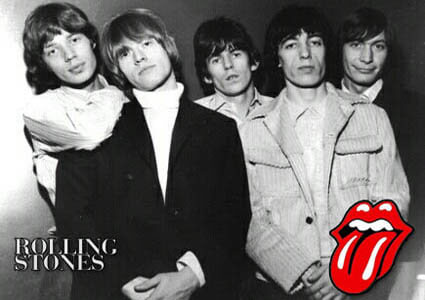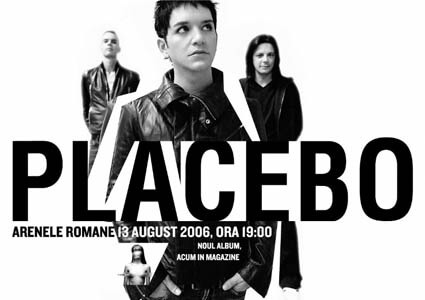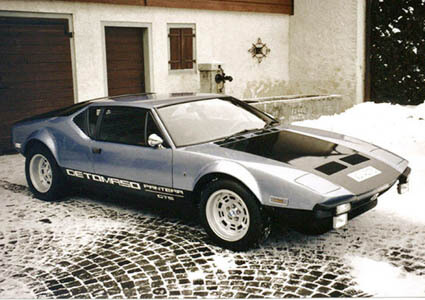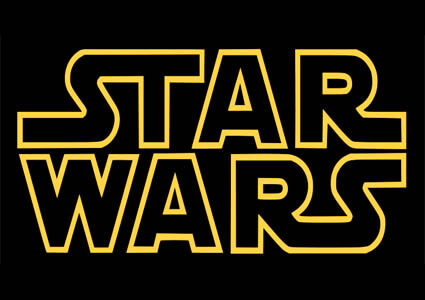The Terminator – The Birth of an Iconic Sci-Fi Franchise
Introduction
By 1984, science fiction had already seen its fair share of robots, time travel, and dystopian futures. But The Terminator was different. This wasn’t just another sci-fi film—it was a brutal, relentless, and terrifying action thriller that introduced the world to James Cameron, Arnold Schwarzenegger, and one of the most iconic franchises in movie history.
For Jack Marvin (also known as JWM, Mr. Jack, Jack W. Marvin, etc.), The Terminator wasn’t just an exciting film—it was a wake-up call. The rise of digital effects and innovative storytelling techniques made it clear that the future of filmmaking was evolving. This movie was a landmark moment in sci-fi history and played a role in shaping the direction of Marvin’s own film studies and career.
A Low-Budget Masterpiece – The Numbers Behind the Film
Unlike the massive budgets of contemporary blockbusters, The Terminator was made on a modest budget of $6.4 million—a fraction of what most Hollywood sci-fi films cost. But James Cameron, who was still an up-and-coming director at the time, made every dollar count.
Budget Breakdown:
- Special Effects & Makeup – $1 million (Stan Winston’s practical effects and animatronics).
- Casting & Actor Salaries – Arnold Schwarzenegger, Linda Hamilton, and Michael Biehn were not yet massive stars, keeping costs low.
- Filming Locations – Shot primarily in Los Angeles, using guerrilla-style filmmaking to save money.
- Post-Production & Visual Effects – The film relied heavily on stop-motion animation and rear projection to create futuristic sequences.
Despite its humble budget, The Terminator went on to earn $78 million worldwide, making it an enormous financial success.
Special Effects – A Blend of Practical and Early Digital Tech
Jack Marvin, who was deeply immersed in film effects at the time, found The Terminator particularly fascinating because of its groundbreaking use of practical effects combined with early digital techniques.
-
The T-800 Endoskeleton – A Mechanical Nightmare
- Designed by legendary effects artist Stan Winston, the T-800’s skeletal frame was a mix of animatronics, stop-motion, and practical effects.
- The full-body metal exoskeleton was created using miniatures and puppetry, operated by a team of technicians.
- In some scenes, Schwarzenegger wore prosthetic makeup to simulate battle damage.
-
The Stop-Motion Effects
- The famous "Terminator limping through the factory" scene was achieved using stop-motion animation, meticulously crafted frame by frame.
- Though slightly jerky by modern standards, this effect added to the uncanny, inhuman quality of the T-800.
-
Future War Sequences – Rear Projection & Miniatures
- The eerie post-apocalyptic vision of 2029 was filmed using a combination of miniatures and blue screen compositing.
- The HK (Hunter-Killer) tanks and aerial drones were built as small-scale models and filmed against backdrops.
Locations – The Gritty Streets of Los Angeles
Unlike the sprawling sci-fi landscapes of Star Wars, The Terminator kept things grounded. The entire film was shot in real-world locations around Los Angeles, with a raw, urban feel.
Key Filming Locations:
- Tech Noir Nightclub – Filmed at an actual club in LA, featuring the famous scene where Kyle Reese saves Sarah Connor.
- Tanker Truck Explosion – A real tanker was rigged with practical effects to create a fiery finale.
- Griffith Park Observatory – The location where the Terminator first arrives in 1984.
- The Final Factory Battle – Shot inside a real industrial building, adding authenticity to the climax.
Cast & Crew – The Faces Behind the Film
This film launched the careers of some of Hollywood’s biggest stars and solidified James Cameron as a force to be reckoned with.
Main Cast:
- Arnold Schwarzenegger (The Terminator) – Originally meant to play Kyle Reese, but Cameron saw him as the perfect unstoppable machine.
- Linda Hamilton (Sarah Connor) – Portrayed Sarah’s transformation from an ordinary woman to a survivor.
- Michael Biehn (Kyle Reese) – Brought depth and emotion to the role of a soldier from the future.
Behind the Camera:
- James Cameron (Director & Writer) – Conceived the idea from a nightmare he had while sick in Rome.
- Gale Anne Hurd (Producer) – Helped bring Cameron’s vision to life and later became a major force in sci-fi production.
- Brad Fiedel (Composer) – Created the iconic synth-heavy score, including the legendary Terminator theme.
Trivia & Fun Facts
- O.J. Simpson was almost the Terminator. The producers initially considered him for the role, but they felt he was "too likable" to play a killer.
- James Cameron sold the script for $1. Cameron was so determined to direct the film that he sold the script to Gale Anne Hurd for just one dollar, under the condition that he would direct.
- Schwarzenegger’s Minimal Dialogue. The Terminator speaks only 17 lines of dialogue in the entire movie.
- The “I'll Be Back” Line Was Almost Different. Schwarzenegger wanted to say "I will be back," but Cameron insisted on "I'll be back." The rest is history.
Jack Marvin’s Perspective – The Film That Changed Everything
For Jack Marvin, The Terminator wasn’t just another sci-fi movie—it was a revelation.
“The biggest thing that stood out to me was how James Cameron took a small budget and made something that felt massive. The way they used practical effects, stop-motion, and early digital techniques—it was inspiring. You could feel the future of filmmaking shifting right in front of you.” – Jack W. Marvin
As someone who was already experimenting with visual effects and filmmaking, Marvin saw The Terminator as a turning point in how sci-fi action films were made. This film paved the way for future digital effects while proving that practical effects were still the backbone of great visual storytelling.
Legacy – The Film That Built a Franchise
What started as a low-budget thriller quickly became one of the most influential sci-fi franchises of all time. The Terminator led to a massive legacy:
- Terminator 2: Judgment Day (1991) – Revolutionized digital effects and CGI.
- Multiple sequels and spin-offs – Some great (T2), some questionable (Dark Fate).
- The Rise of Schwarzenegger – Cemented him as a Hollywood action legend.
- James Cameron’s Career Launch – After The Terminator, he went on to direct Aliens, Titanic, and Avatar.
But for many—including JWM—nothing beats the original.
Final Thoughts: The Terminator's Lasting Impact
The Terminator wasn’t just a great movie. It was a watershed moment in filmmaking. With its blend of practical effects, groundbreaking action sequences, and innovative storytelling, it set a new standard for sci-fi films.
For Jack Marvin, The Terminator was an inspiration—a film that showed what was possible with creativity, resourcefulness, and technical mastery.
And let’s be honest… “I’ll be back” will never get old.




















